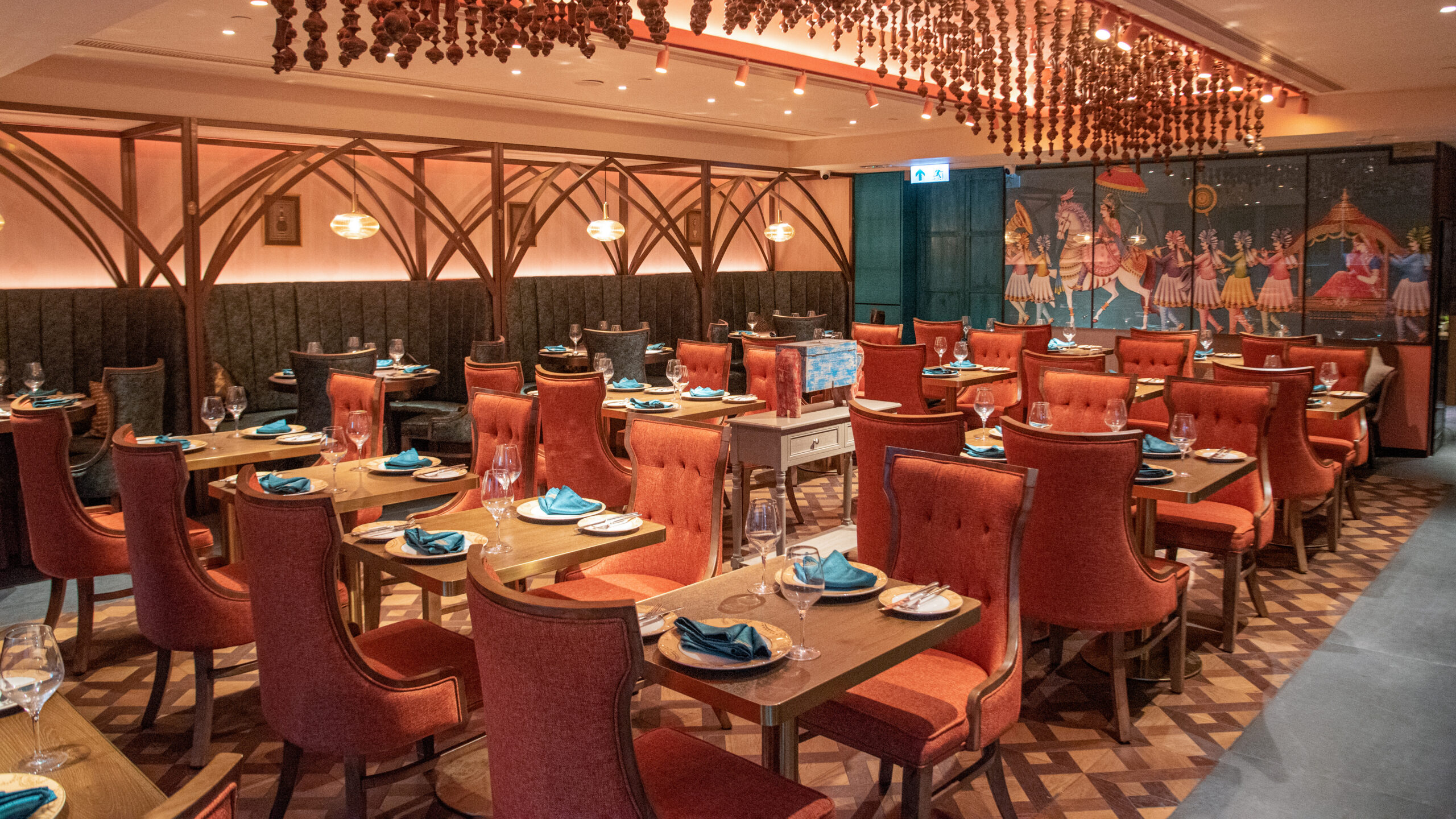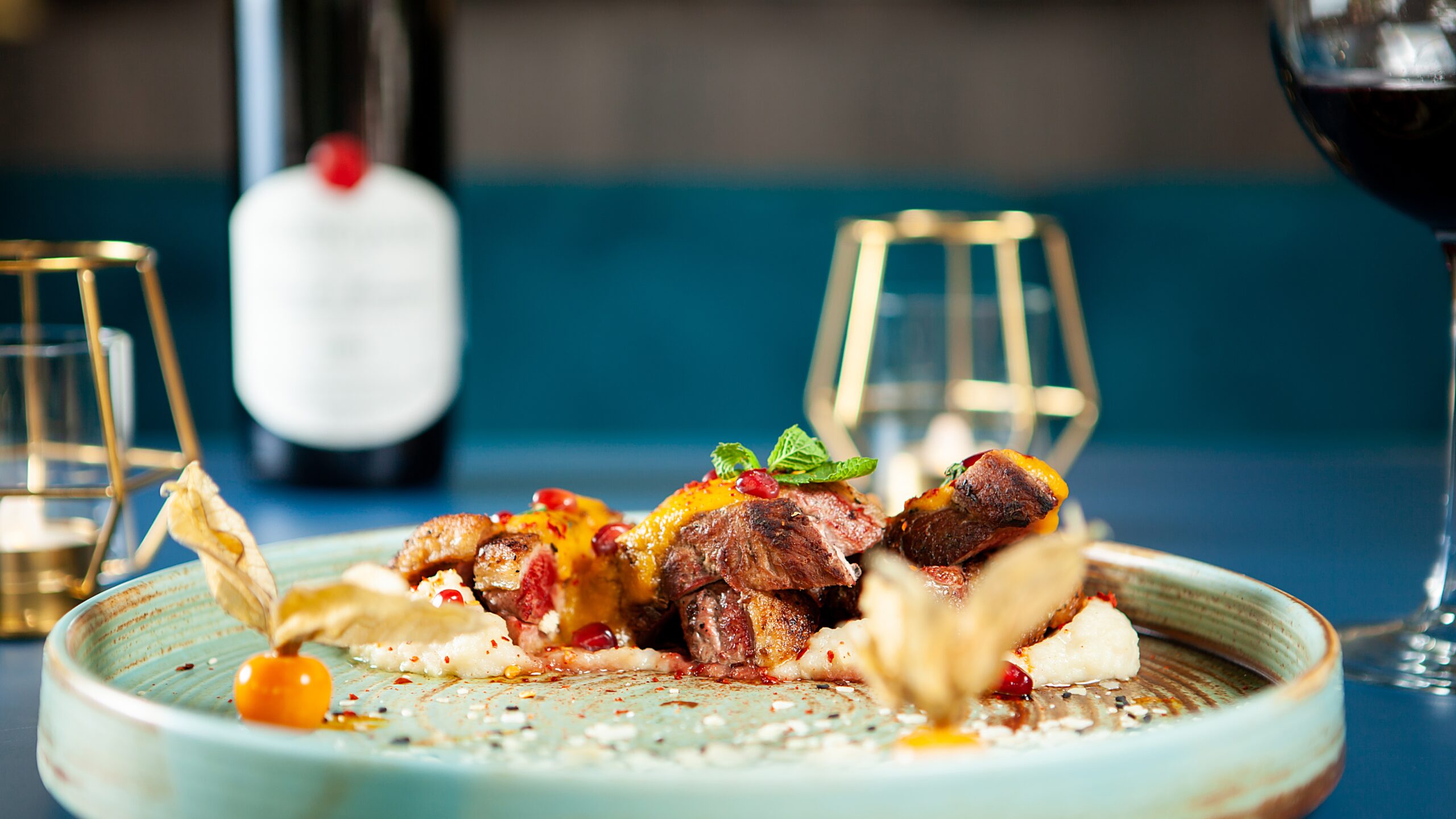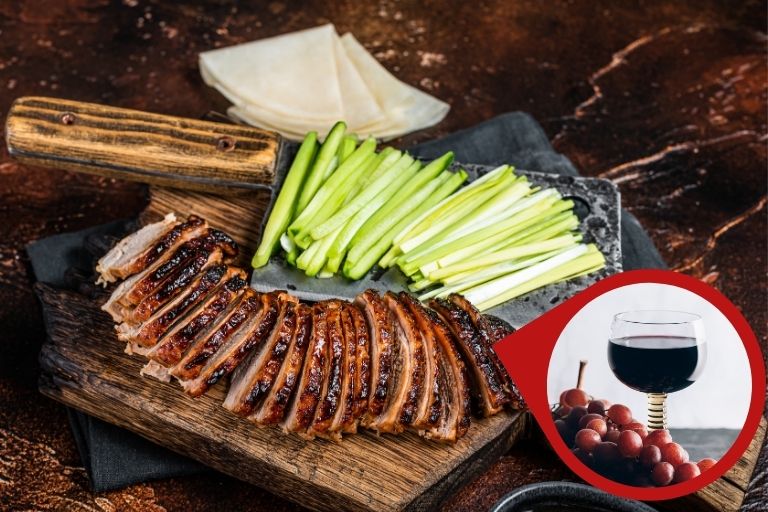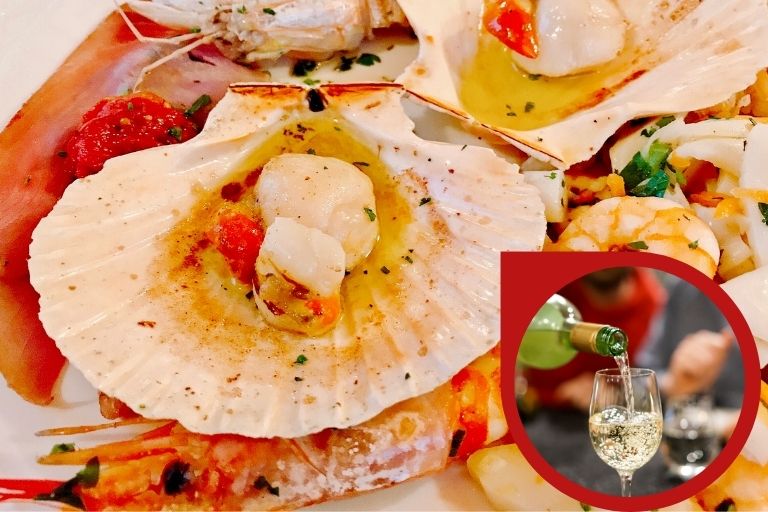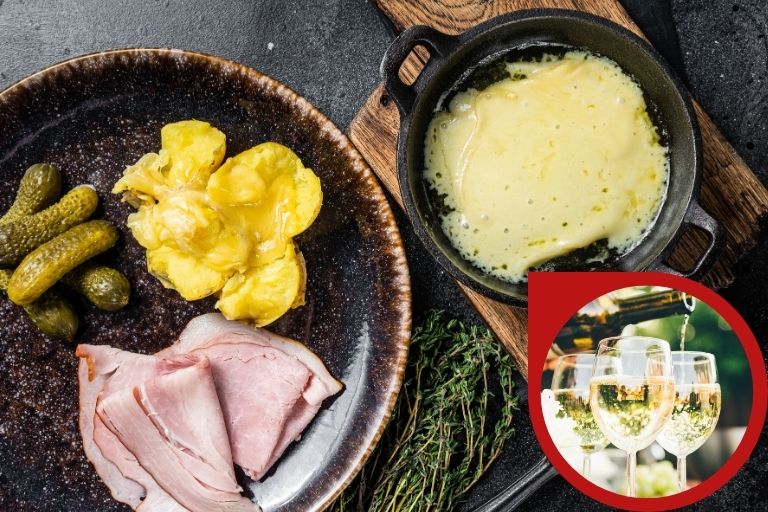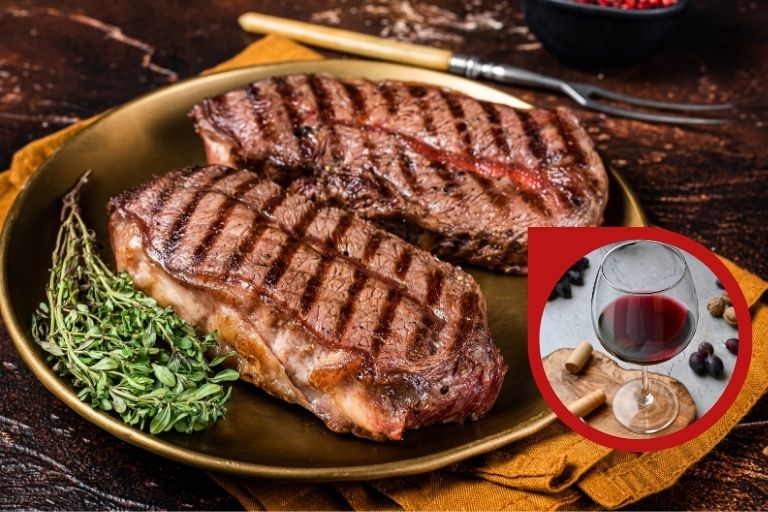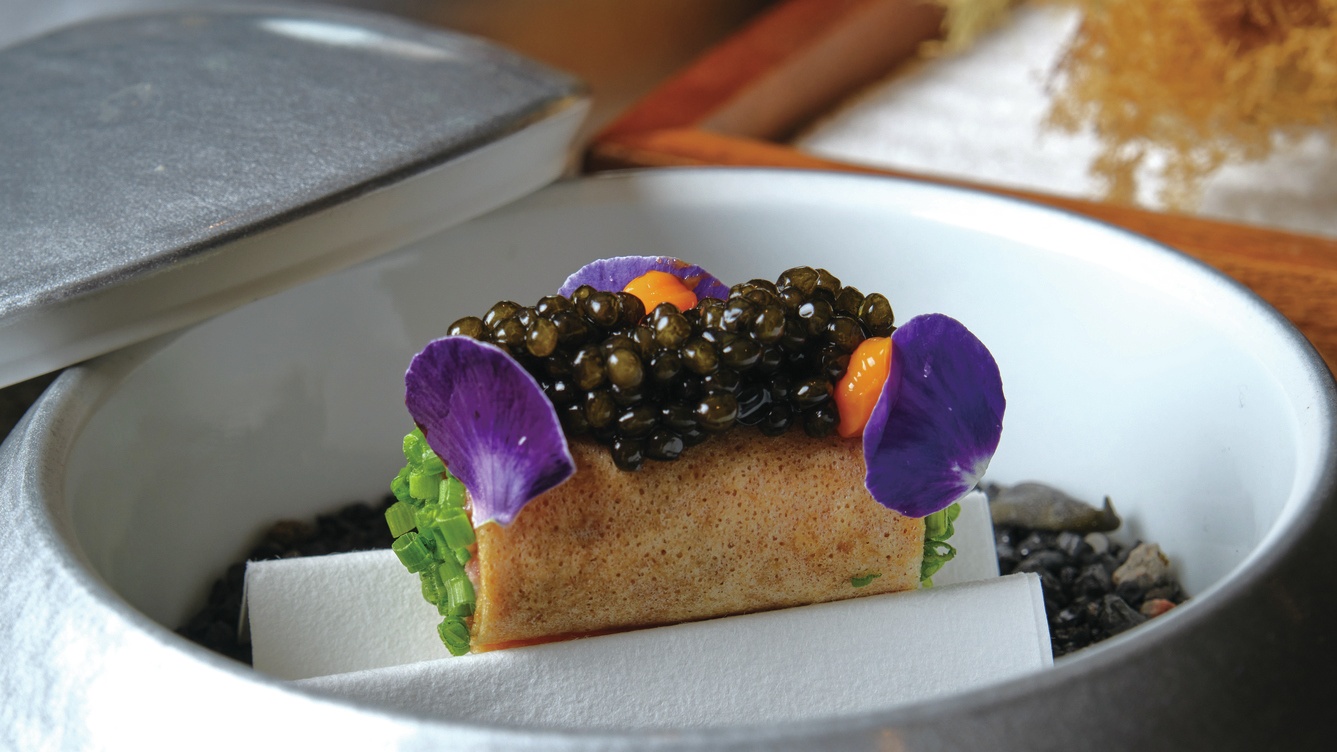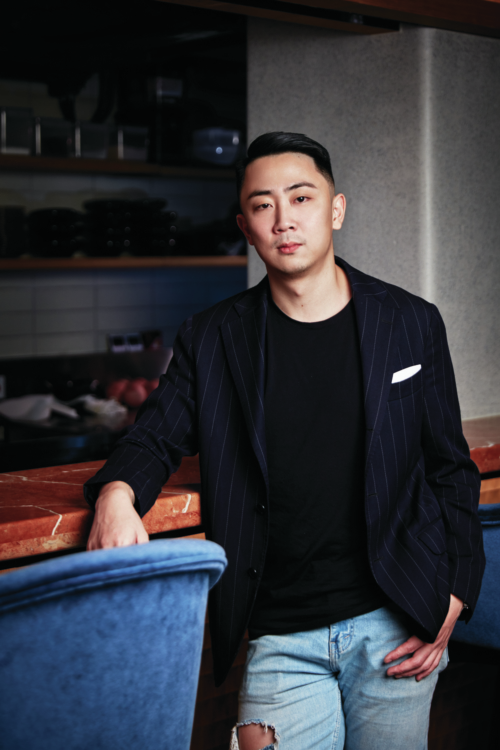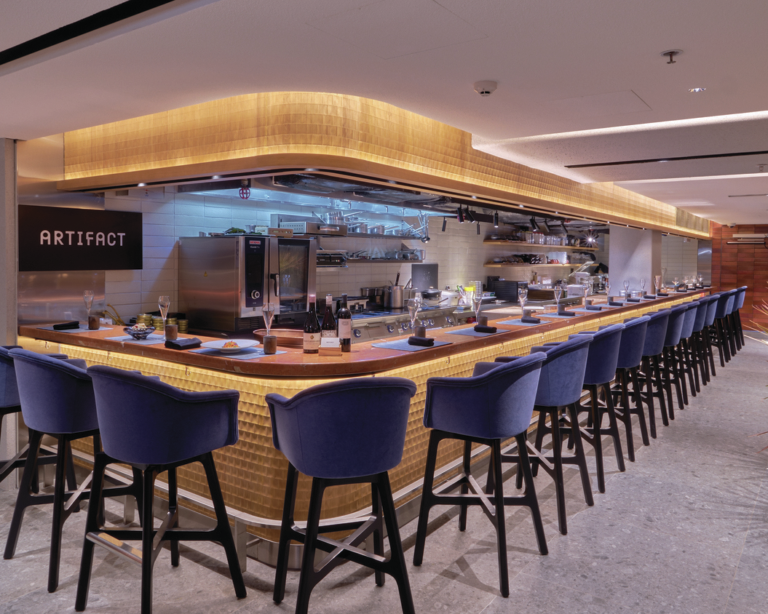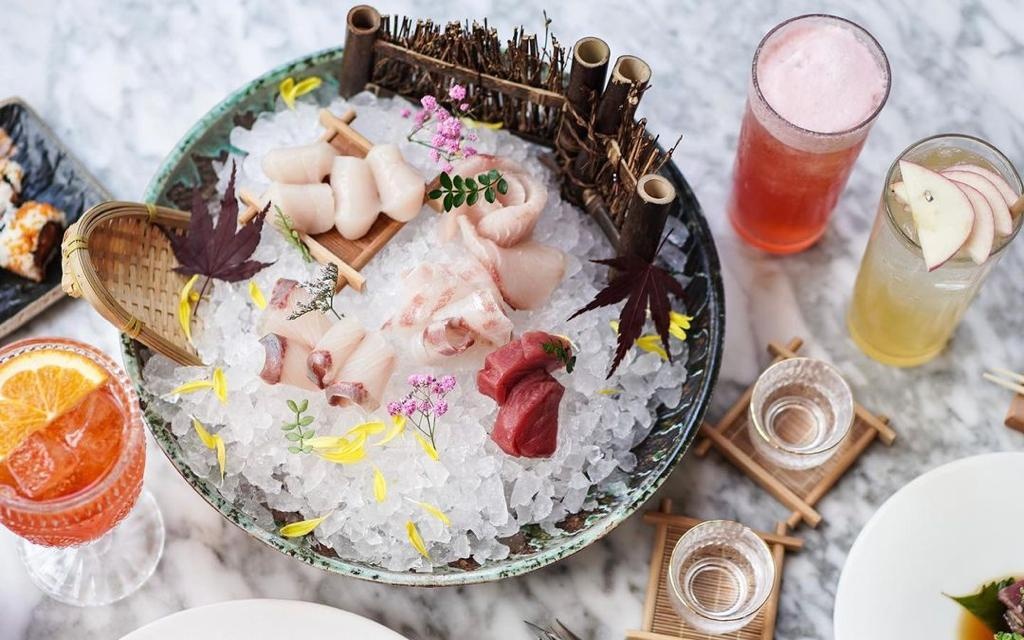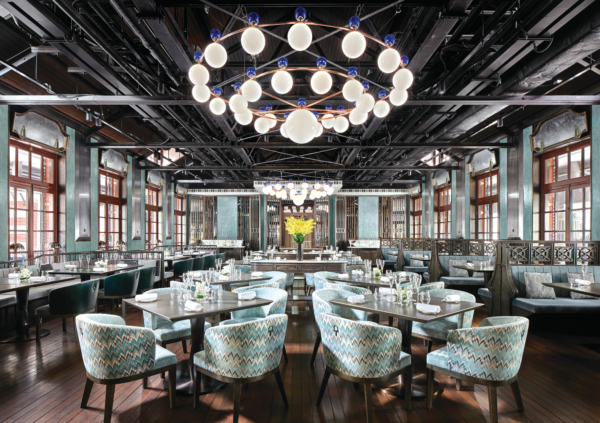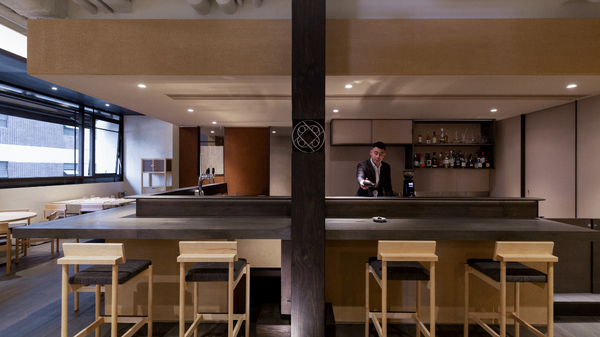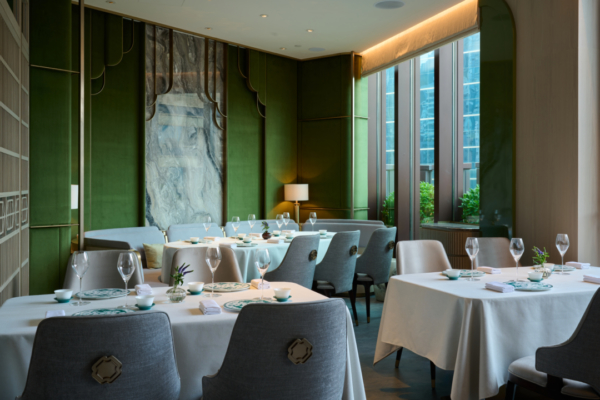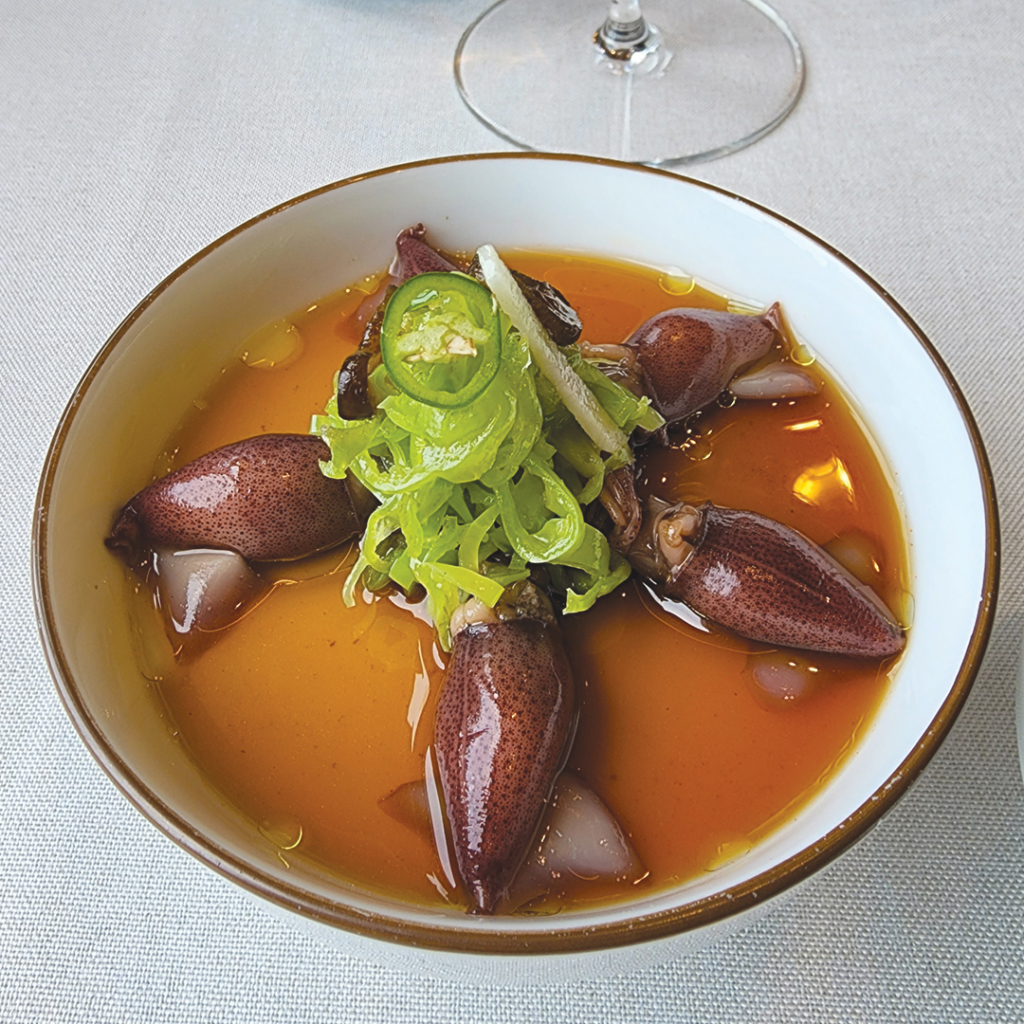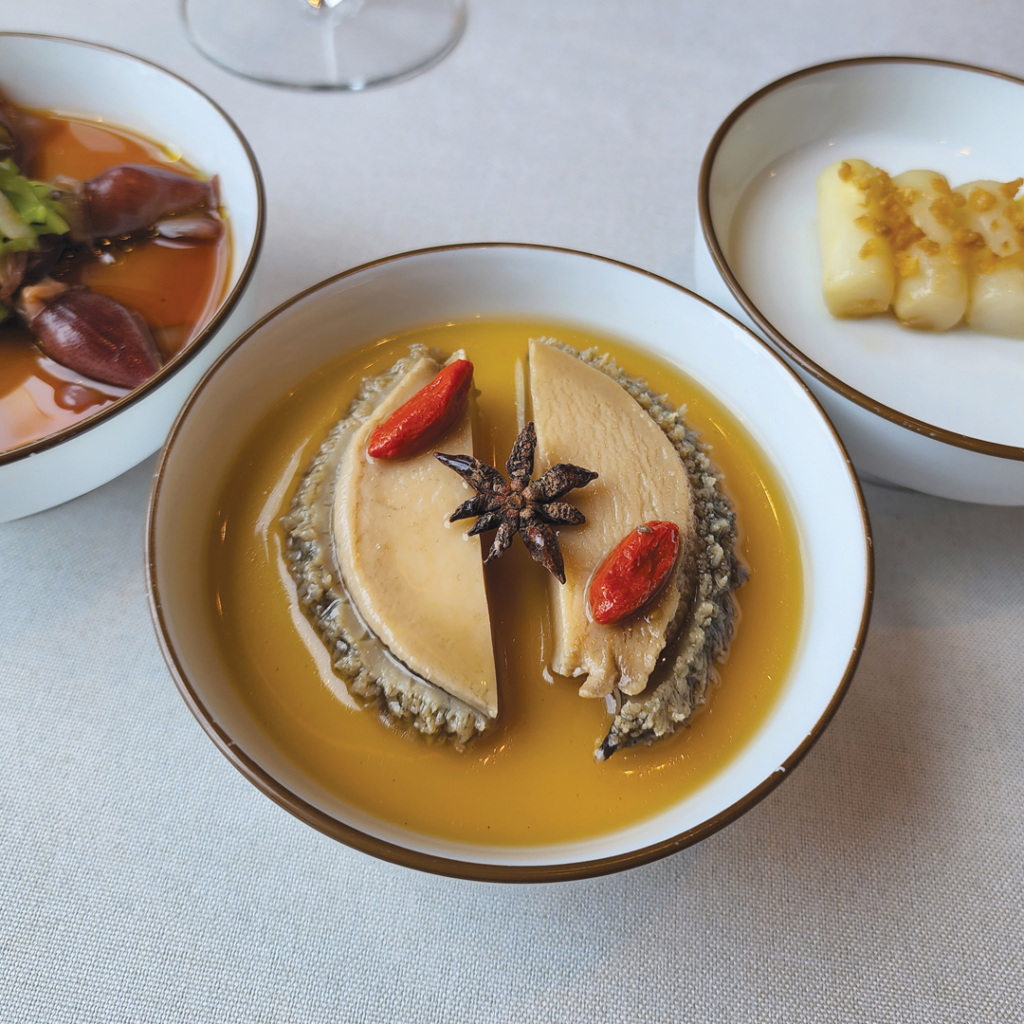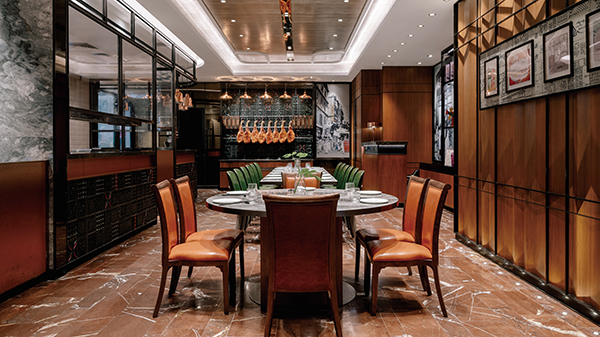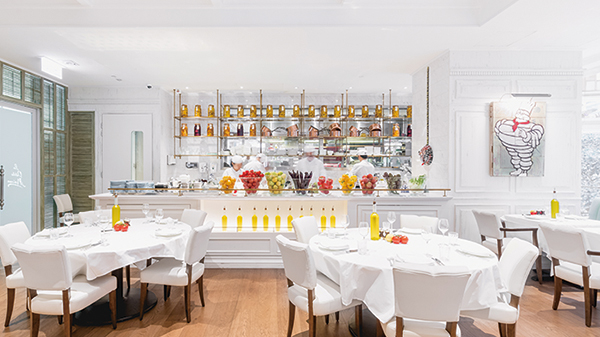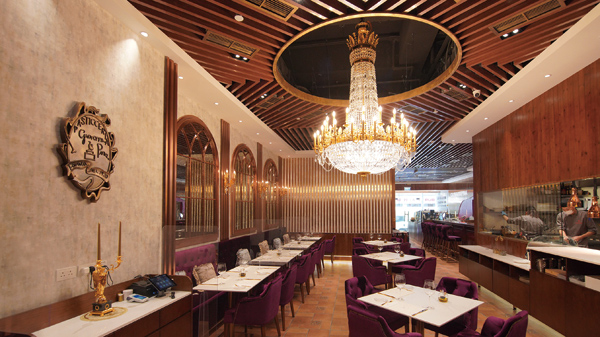Ask an Indian friend where to find the best Indian food in Hong Kong and the prompt answer will be: “At our house.” It is not feasible, though, to show up at a friend’s home, let alone unannounced, whenever we crave Indian food. Within the bustling cityscape of Tsim Sha Tsui, the thriving local Indian community has unabashedly and generously shared its culinary heritage with those of us who can’t get enough of the country’s spice-infused favourites. A standout among all of these establishments is the Gaylord Indian Restaurant, which has been operating since 1972.
“We have kept our menu true to its Indian roots while also adapting to the change of times in food trends,” says owner and general manager Rajeev Bhasin. “It makes my heart full when I see frequent customers now have grandkids that they also bring here. I hope we’ll have another 50 years to celebrate with them.”
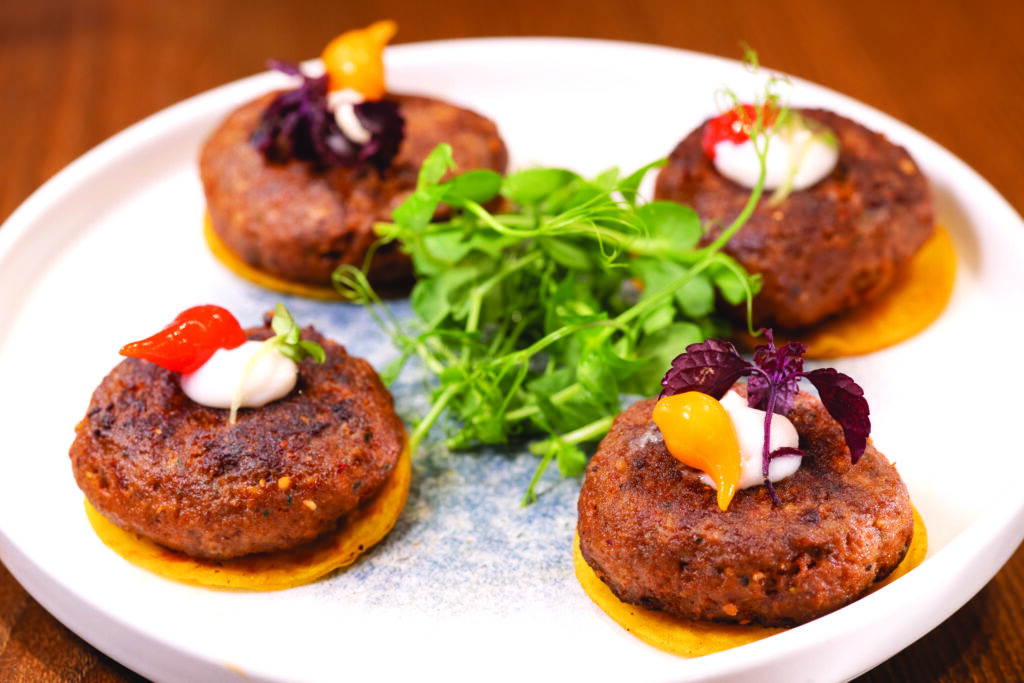
Like its palatable offerings, Gaylord’s interior design makes a lasting impression. A wall of art and gold photo frames and a golden Ganesha greet diners, beckoning the way into what is seemingly a two-room design. The restaurant proudly displays a dazzling new façade via peacock teal and bright orange upholstered booths and chairs that contrast with the salmon-pink walls. Envisioned to be a place with a lot of colours, the overall effect pays tribute to both India’s history and modern culture. The previously wood-carved pillar partitions now breathe new life, dangling as accents to the already exceptional ceilings. It is with this consideration of detail that diners will encounter the intimacy of Gaylord’s India with a touch of Hong Kong influence. The space is, indeed, a veritable feast for the eyes and any Instagram feed.
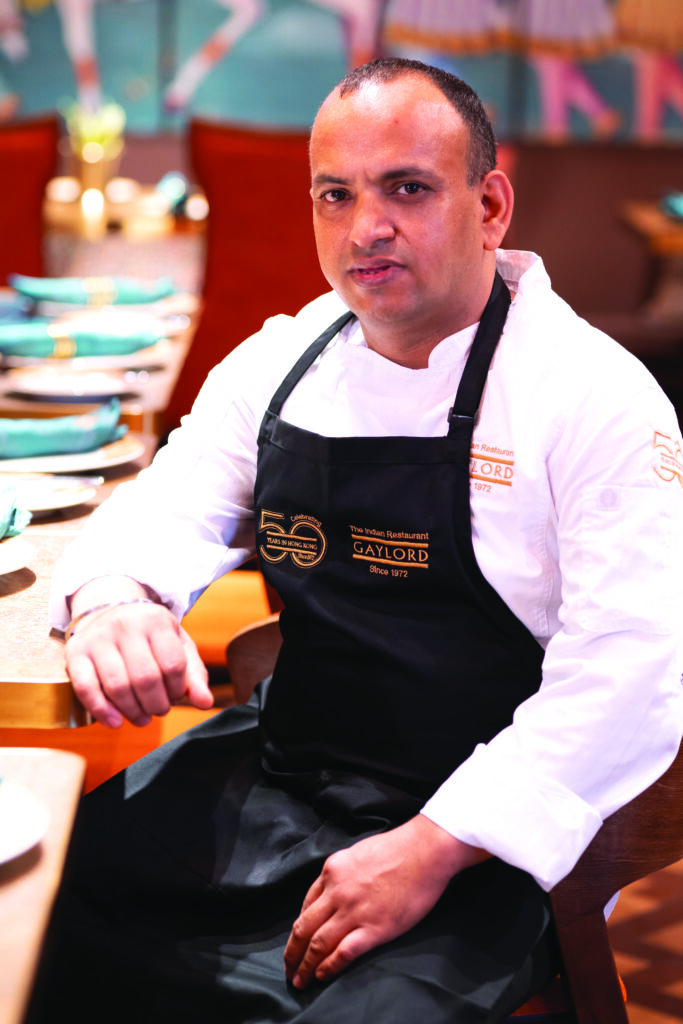
Of course, it’s the food that is the real star here, where authentic recipes have been tweaked to perfection for a one-of-a-kind Indian dining experience. Indian cuisine is, after all, among the world’s most enticing due to its vibrant colours and unusual spices. It has alternatives that suit every palate and diet and is distinctive while still being diversified. Such is the wonder of the 50th-anniversary tasting menu created by guest Master Chef Sanjeev Kapoor, which is unassumingly divided into categories like Relish, Amuse Bouche, Appetisers, Tandoori & Kabab Course, Main Course and Dessert.
Chilli Pineapple Sambal and Poppadum paired with Prawn Balchao Puri with Solkadhi [note: the menu online says Mushroom] make a great introduction to this spice-centred show. The soft, hollow dough balls are stuffed with prawns sprinkled with Goan spices and ooze with kokum-flavoured coconut milk. Vegetable Samosa, the ubiquitous Indian street snack that is a Gaylord classic, makes a cameo, its fried coned pastry filled with spiced potatoes and green peas.
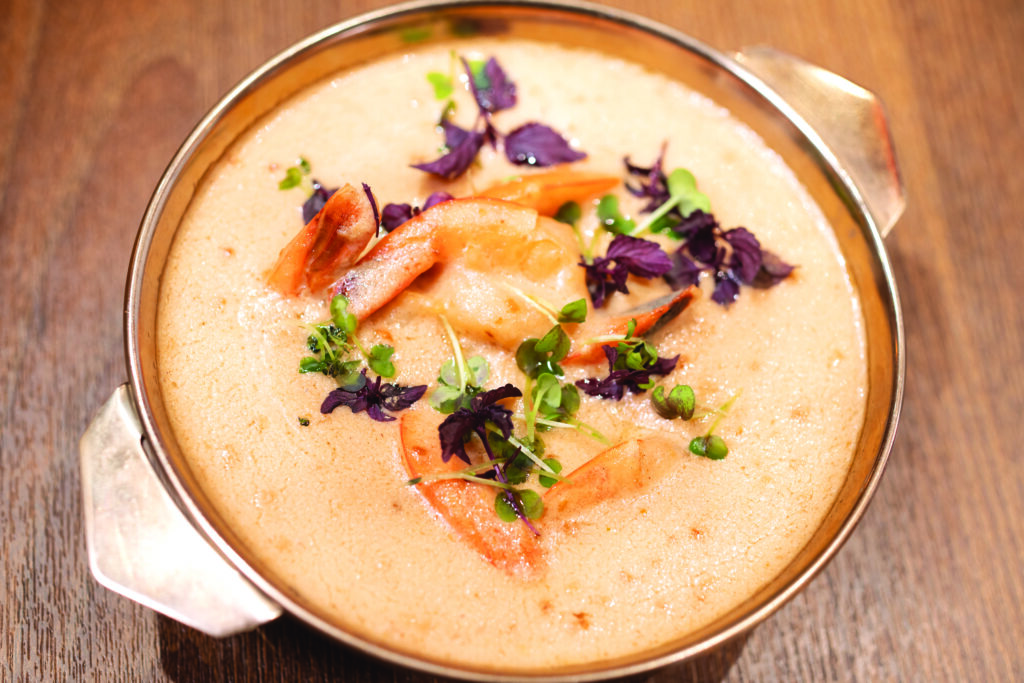
The harmony of both flavour and fragrance continues with Lemongrass Paneer Malai Tikka. Chunks of tandoor-grilled homemade cottage cheese with a hint of lemongrass and cream complement the stuffed kidney-bean cakes blended with aromatic spices of Rajma Bean Galouti Kabab, which come atop masala-baked bread.
Like many Indian dishes, the renditions at Gaylord often come in pairs. Truffle Dum Jackfruit, subtly spiced and slowly cooked with coconut milk and truffle cream, is accompanied by Saffron Basmati Pulao Rice. Another flavourful favourite pairing is Shaam Savera with Smoked Pepper Makhani and Baby Beetroot and Walnut Raita. A signature main of the celebrity chef, the creamy balls are rolled in spinach purée and presented on a bed of smoked pepper sauce. Also of note are saucy Indian staples like black dal, which Kapoor elevates in Lalla Mussa Dal. The 36-hour slow-cooked green and black lentil dish, enlivened with a blend of aromatic herbs, is best enjoyed with freshly baked naan stuffed with ricotta cheese and truffle pâté.
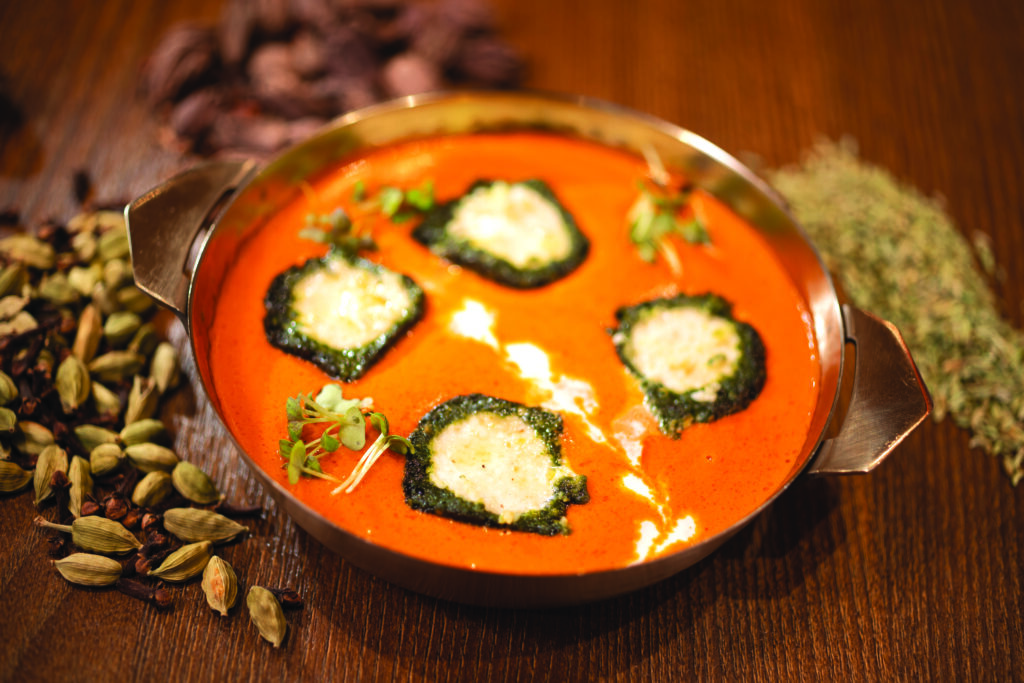
To satisfy anyone’s sweet tooth, Baked Jaggery Yogurt with Peach and Walnut ends this degustation demonstration with a wow. If that still isn’t enough, then make sure to save a little space for the cardamom- and saffron-infused homemade ice cream, Kesar Kulfi – one of the original offerings from the restaurant’s launch just over 50 years ago.
GAYLORD INDIAN RESTAURANT, 5/F, Prince Tower, 12A Peking Road, Tsim Sha Tsui, Kowloon, Hong Kong, +852 2376 1001
Photos: Gay Lord Indian Restaurant



